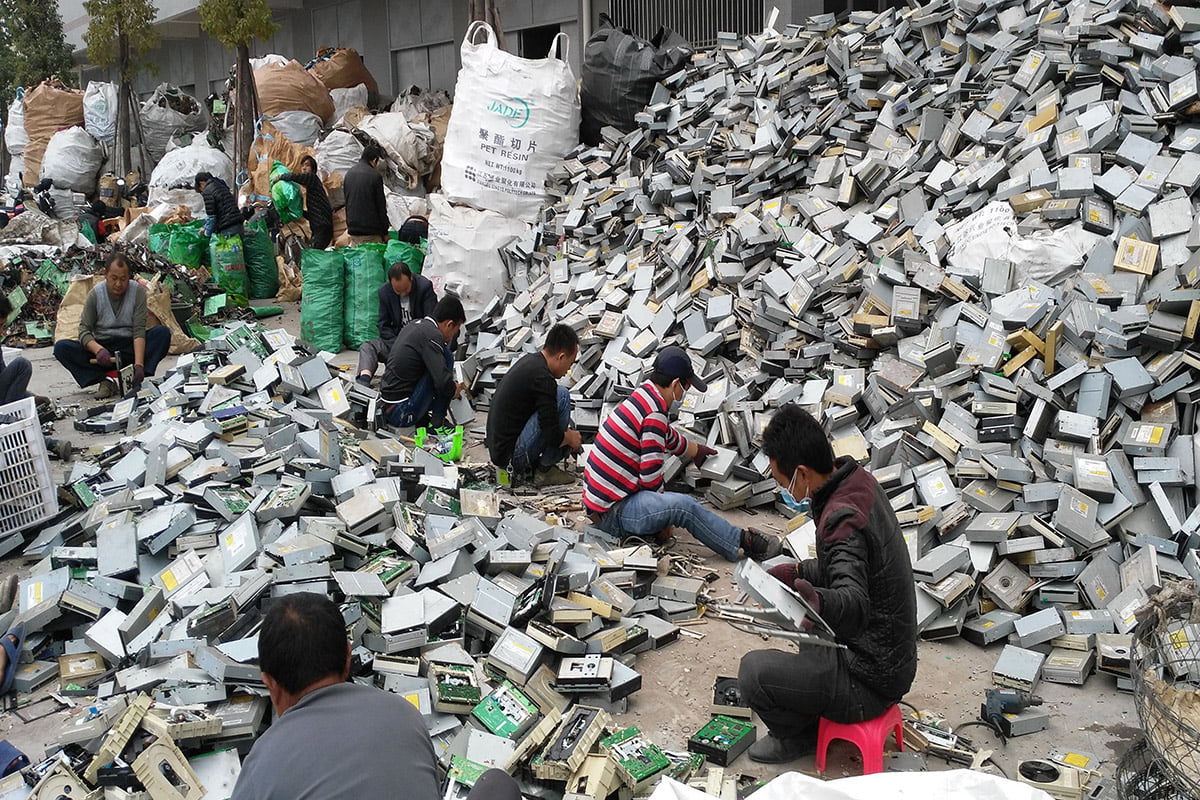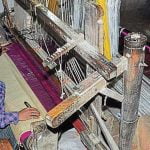
The tech boom is spreading worldwide and it comes with a cost. Between 2010 and 2015, e-waste generated in East and South-East Asia rose 63 per cent, according to a report from the United Nations University.
E-waste, short for electronic waste, refers to discarded electrical or electronic devices. When not recycled or disposed of properly, these are often burned or washed in acid to extract the copper and other metals inside. This can pollute water and air, and lead to cancers and infertility in workers exposed to the fumes.
For the new report, researchers studied e-waste generation in 12 countries in East and South-East Asia – including China, which more than doubled its volume of e-waste over the five years. They attribute the rise in e-waste to several key factors, including an increase in products on the market, a growing middle class that can afford to buy more of them, and a faster turnover of gadgets as technology advances and fashions change.
“More and more gadgets and toys are coming with either a plug or a battery, and it’s all substantially contributing to an increase in e-waste,” says Ruediger Kuehr, lead author of the study.
Economic growth
The 63 per cent rise is a big spike but not unexpected for countries that are growing economically, says Jason Linnell, who heads the US National Center for Electronics Recycling. “They started out at a much lower point than other countries, especially Europe and the US, in terms of numbers of devices that have historically been sold,” he says.
While Asia generates the highest volume of e-waste as a continent, Europe and the Americas generate about four times as much per capita.
A large amount of e-waste from the Western world is also exported to poorer countries, adding to their domestic waste. Many of these countries lack the infrastructure to safely and cleanly recycle it.
Though nearly every piece of a device can be recycled, informal recycling outfits in many countries don’t reuse all parts. “They may just be looking for one specific chip and discarding the whole carcass,” Linnell says.
That is partly because it doesn’t make financial sense. “From a technological point of view, you could recycle 99 per cent of e-waste, but it’s not economical,” says Kuehr. “We need to design incentives to encourage a circular economy.”
[Source:-New Scientist]






